Growing carrots indoors might sound like a whimsical dream, especially if you’re used to seeing those vibrant orange roots bursting from garden beds. But trust me, it’s not only possible, it’s incredibly rewarding! Imagine fresh, sweet carrots, harvested right from your windowsill, even in the dead of winter.
For centuries, humans have cultivated food in various ways, adapting to different climates and spaces. While large-scale agriculture is relatively recent, the desire to nurture and grow our own food is deeply ingrained. Think of the ancient Egyptians, cultivating gardens along the Nile, or the hanging gardens of Babylon – a testament to human ingenuity in creating green spaces, even without vast land.
Today, many of us are craving that connection to nature, but lack the space for a traditional garden. That’s where the magic of indoor gardening comes in! Growing carrots indoors offers a fantastic solution for apartment dwellers, urban gardeners, or anyone who wants a taste of homegrown goodness year-round. Plus, it’s a fun and educational project for kids (and adults!) to learn about the life cycle of plants. In this article, I’m going to share my favorite DIY tricks and hacks to help you successfully grow delicious carrots right inside your home. Get ready to ditch the store-bought carrots and enjoy the unparalleled flavor of your own homegrown harvest!
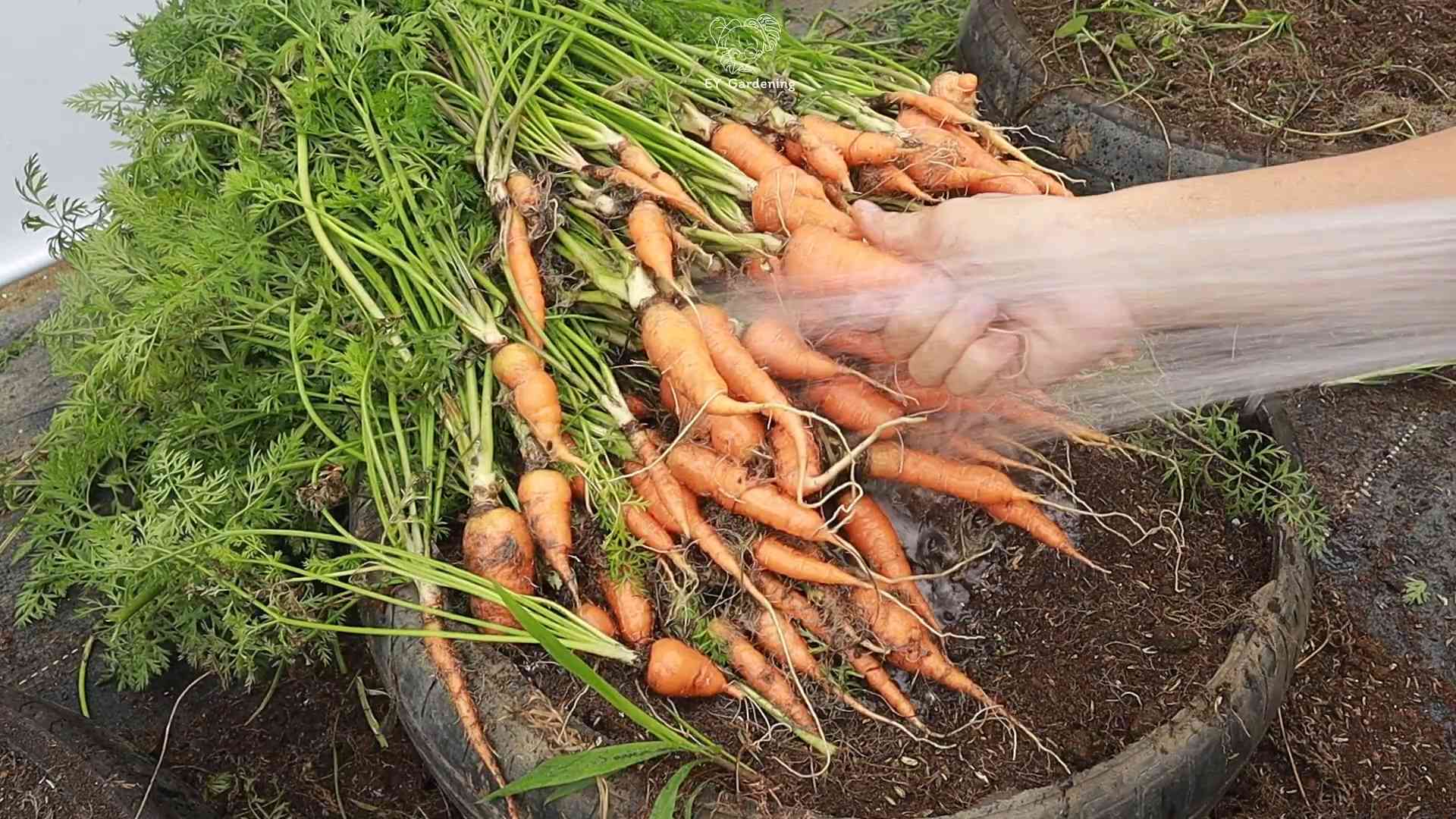
Growing Carrots Indoors: A Beginner’s Guide
Okay, so you want to grow carrots indoors? Awesome! It’s totally doable, and honestly, there’s something super satisfying about pulling a fresh, homegrown carrot out of a pot in the middle of winter. I’ve done it, and trust me, you can too. It just takes a little planning and the right setup. Let’s dive in!
Choosing the Right Carrot Variety
First things first, not all carrots are created equal, especially when it comes to indoor growing. You’ll want to choose shorter, rounder varieties that don’t need as much space to develop. Think about it – a long, skinny carrot needs a deep container, which isn’t always practical indoors.
Here are a few of my favorite varieties for indoor growing:
* ‘Thumbelina’: These are super cute, round carrots that are perfect for containers. They mature quickly, too!
* ‘Paris Market’: Similar to Thumbelina, these are small and round, making them ideal for limited space.
* ‘Little Finger’: As the name suggests, these are small, finger-sized carrots that are sweet and tender.
* ‘Short n Sweet’: Another great option for shorter carrots that don’t require a lot of depth.
Gathering Your Supplies
Before you even think about planting, you need to gather all your supplies. Trust me, it’s way easier to have everything on hand before you start.
Here’s what you’ll need:
* Container: This is crucial. You’ll need a container that’s at least 12 inches deep and wide. Remember, carrots need room to grow downwards. A wider container will also allow you to plant more carrots. I personally like using large plastic tubs or even fabric grow bags.
* Potting Mix: Don’t just grab any old soil from your backyard! Carrots need loose, well-draining soil to thrive. A good quality potting mix is essential. I recommend a mix specifically formulated for vegetables, or you can even make your own by combining equal parts peat moss, perlite, and vermiculite.
* Carrot Seeds: Obviously! Make sure you’re using fresh seeds for the best germination rate.
* Grow Lights (Optional but Recommended): While you can try to grow carrots near a sunny window, they really benefit from supplemental grow lights, especially during the shorter days of winter. I use LED grow lights, which are energy-efficient and provide the right spectrum of light for plant growth.
* Watering Can or Spray Bottle: For gentle watering.
* Fertilizer: A balanced liquid fertilizer will help your carrots grow strong and healthy.
* Small Trowel or Garden Fork: For planting and loosening the soil.
Planting Your Carrot Seeds
Okay, now for the fun part – planting!
1. Prepare the Container: Fill your container with the potting mix, leaving about an inch or two of space at the top. Gently pat down the soil to remove any air pockets.
2. Sow the Seeds: Carrot seeds are tiny, so be careful not to plant them too close together. I like to sprinkle the seeds evenly over the surface of the soil. Aim for about 1/2 inch spacing between seeds.
3. Cover the Seeds: Lightly cover the seeds with a thin layer of potting mix (about 1/4 inch).
4. Water Gently: Use a watering can or spray bottle to gently moisten the soil. Be careful not to wash away the seeds.
5. Provide Light and Warmth: Place the container in a warm location (around 60-70°F) and under grow lights if you’re using them. If you’re relying on natural light, choose a south-facing window that gets plenty of sunlight.
Caring for Your Indoor Carrots
Now that your seeds are planted, it’s time to nurture them. Here’s what you need to do to keep your carrots happy and healthy:
* Watering: Keep the soil consistently moist, but not soggy. Water when the top inch of soil feels dry to the touch. Overwatering can lead to root rot, so be careful!
* Thinning: Once your seedlings emerge (usually in about 1-3 weeks), you’ll need to thin them out. This is important because carrots need space to develop. Snip off the weaker seedlings with scissors, leaving about 1-2 inches between the remaining plants.
* Fertilizing: Start fertilizing your carrots about 2-3 weeks after they emerge. Use a balanced liquid fertilizer diluted to half strength. Fertilize every 2-3 weeks.
* Light: If you’re using grow lights, keep them on for about 12-16 hours per day. If you’re relying on natural light, rotate the container regularly to ensure that all sides of the plants get enough sunlight.
* Temperature: Carrots prefer cooler temperatures, so try to keep the room around 60-70°F.
* Weeding: Keep an eye out for any weeds that may pop up in your container and remove them promptly.
Dealing with Pests and Diseases
Thankfully, indoor carrots are less susceptible to pests and diseases than outdoor carrots. However, it’s still important to be vigilant.
* Pests: Common pests that can affect indoor carrots include aphids and spider mites. If you notice any pests, try spraying them with a strong stream of water or using insecticidal soap.
* Diseases: Root rot is the most common disease that affects indoor carrots. To prevent root rot, avoid overwatering and ensure that your soil is well-draining.
Harvesting Your Carrots
The moment you’ve been waiting for! Carrots typically take about 60-80 days to mature, depending on the variety. You’ll know they’re ready to harvest when the tops of the carrots are visible above the soil and have reached the desired size.
To harvest, gently loosen the soil around the carrot with a small trowel or garden fork. Then, carefully pull the carrot out of the soil. If it’s stuck, try wiggling it gently until it comes loose.
Troubleshooting
Sometimes, things don’t go exactly as planned. Here are a few common problems you might encounter when growing carrots indoors and how to fix them:
* Poor Germination: If your seeds aren’t germinating, it could be due to several factors: old seeds, soil that’s too dry or too wet, or temperatures that are too cold. Make sure you’re using fresh seeds, keeping the soil consistently moist, and providing adequate warmth.
* Leggy Seedlings: If your seedlings are tall and spindly, it means they’re not getting enough light. Move them to a brighter location or provide supplemental grow lights.
* Slow Growth: Slow growth can be caused by a lack of nutrients, insufficient light, or temperatures that are too cold. Fertilize your carrots regularly, provide adequate light, and keep the room at a comfortable temperature.
* Forked Roots: Forked roots can be caused by rocky or compacted soil. Make sure you’re using a loose, well-draining potting mix.
Enjoying Your Homegrown Carrots
Congratulations! You’ve successfully grown carrots indoors. Now it’s time to enjoy the fruits (or rather, vegetables) of your labor. Freshly harvested carrots are incredibly sweet and flavorful. You can eat them raw, add them to salads, roast them, or use them in your favorite recipes.
Growing carrots indoors is a rewarding experience that anyone can enjoy. With a little bit of planning and care, you can have a steady supply of fresh, homegrown carrots all year round. Happy gardening!
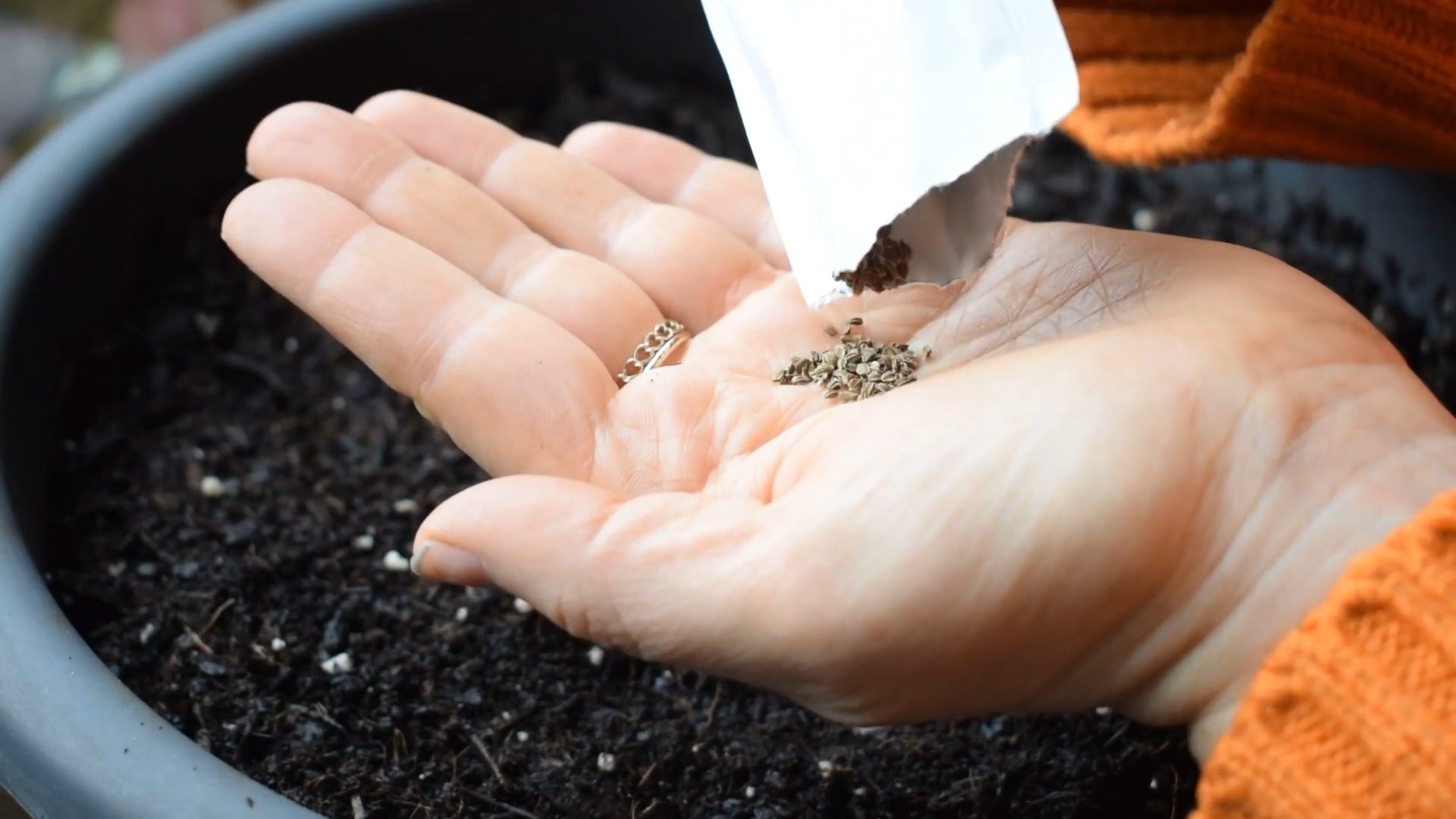
Conclusion
So, there you have it! Growing carrots indoors might seem like a whimsical endeavor, but it’s surprisingly achievable and incredibly rewarding. Forget relying solely on grocery store produce; imagine plucking fresh, vibrant carrots straight from your windowsill, bursting with flavor and packed with nutrients. This DIY trick isn’t just about saving money; it’s about connecting with your food, understanding the growing process, and enjoying the unparalleled taste of homegrown vegetables.
Why is this a must-try? Because it empowers you to cultivate your own food source, regardless of your outdoor space. Whether you live in an apartment, have limited gardening experience, or simply want to enjoy fresh carrots year-round, indoor carrot growing opens up a world of possibilities. Plus, it’s a fantastic educational activity for kids, teaching them about plant life cycles and the importance of sustainable living.
But don’t stop there! Experiment with different carrot varieties. Shorter, rounder varieties like ‘Thumbelina’ or ‘Parisian’ are particularly well-suited for container gardening. You can also try succession planting, sowing seeds every few weeks to ensure a continuous harvest. Consider adding companion plants like radishes or onions to your container; they can help deter pests and improve soil health. Another variation is to use self-watering containers to minimize the risk of underwatering, especially if you tend to forget to water your plants regularly.
Growing carrots indoors is more than just a gardening project; it’s a lifestyle choice. It’s about embracing self-sufficiency, reducing your carbon footprint, and savoring the simple pleasures of life.
We urge you to give this DIY trick a try. Don’t be intimidated if you’re a beginner; the process is relatively straightforward, and the rewards are well worth the effort. Start small, be patient, and don’t be afraid to experiment.
Once you’ve harvested your first batch of homegrown carrots, we’d love to hear about your experience! Share your tips, tricks, and photos with us in the comments below. Let’s build a community of indoor carrot growers and inspire others to embrace the joy of homegrown food. What challenges did you face? What varieties did you find most successful? Your insights can help others on their indoor gardening journey. So, grab your seeds, prepare your soil, and get ready to enjoy the delicious taste of homegrown carrots, all year round!
Frequently Asked Questions (FAQ)
What kind of container should I use for growing carrots indoors?
The most important factor is depth. Carrots need room to grow downwards, so choose a container that is at least 12 inches deep, preferably deeper for longer varieties. A wide container is also beneficial, allowing you to plant multiple carrots. Consider using plastic pots, terracotta pots, or even repurposed containers like buckets or storage bins. Make sure the container has drainage holes to prevent waterlogging. Fabric pots are also a good option as they promote air pruning of the roots, leading to healthier plants.
What type of soil is best for growing carrots indoors?
Carrots thrive in loose, well-draining soil. Avoid heavy clay soils, as they can hinder root development and result in misshapen carrots. A good potting mix specifically formulated for vegetables is ideal. You can also create your own mix by combining equal parts of potting soil, compost, and perlite or vermiculite. The compost provides nutrients, while the perlite or vermiculite improves drainage and aeration. Ensure the soil is free of rocks and debris, as these can also interfere with root growth.
How much sunlight do indoor carrots need?
Carrots need at least 6-8 hours of direct sunlight per day to thrive. If you don’t have a sunny windowsill, you can supplement with grow lights. Position the grow lights a few inches above the plants and keep them on for 12-14 hours per day. LED grow lights are energy-efficient and produce less heat than traditional grow lights. Rotate the plants regularly to ensure even light exposure on all sides. Insufficient light can result in leggy plants and poor root development.
How often should I water my indoor carrots?
Water your carrots regularly, keeping the soil consistently moist but not waterlogged. Check the soil moisture by sticking your finger about an inch deep. If the soil feels dry, it’s time to water. Water deeply, allowing the water to drain out of the drainage holes. Avoid overhead watering, as this can promote fungal diseases. Instead, water at the base of the plants. The frequency of watering will depend on factors such as the size of the container, the type of soil, and the temperature and humidity of your home.
How long does it take for carrots to grow indoors?
The time it takes for carrots to mature indoors depends on the variety and growing conditions. Generally, it takes about 60-80 days from planting to harvest. Shorter varieties may mature sooner, while longer varieties may take longer. You can start harvesting carrots when they reach a size that is suitable for your needs. To check if they are ready, gently loosen the soil around the base of the plant and pull one up. If it’s the size you want, you can harvest the rest.
What are some common problems when growing carrots indoors and how can I fix them?
Some common problems include:
* **Poor germination:** Ensure the soil is moist and the seeds are fresh. You can also pre-soak the seeds in water for a few hours before planting to improve germination rates.
* **Leggy plants:** This is usually caused by insufficient light. Provide more sunlight or supplement with grow lights.
* **Forked or misshapen carrots:** This can be caused by rocky soil or compacted soil. Use a loose, well-draining soil mix and remove any rocks or debris.
* **Pests:** Aphids and spider mites are common pests that can affect indoor carrots. Inspect your plants regularly and treat any infestations with insecticidal soap or neem oil.
* **Diseases:** Fungal diseases can occur in humid conditions. Ensure good air circulation and avoid overhead watering.
Can I grow carrots from carrot tops?
While you can’t grow a full carrot from a carrot top, you can regrow the greens. Place the carrot top in a shallow dish of water, with the cut side facing down. Keep the dish in a sunny location and change the water regularly. After a few days, you should see new green shoots emerging from the top. You can then transplant the carrot top into a pot of soil and enjoy the fresh greens. However, remember that this will only produce greens, not a new carrot root.
Do I need to fertilize my indoor carrots?
Yes, carrots benefit from regular fertilization. Use a balanced liquid fertilizer diluted to half strength every 2-3 weeks. Look for a fertilizer that is specifically formulated for vegetables. Avoid over-fertilizing, as this can lead to excessive foliage growth and poor root development. You can also amend the soil with compost or worm castings to provide a slow-release source of nutrients.
What are the best carrot varieties to grow indoors?
Shorter, rounder varieties are generally best suited for container gardening. Some popular choices include:
* ‘Thumbelina’
* ‘Parisian’
* ‘Little Finger’
* ‘ শর্ট এন সুইট ‘
* ‘ রেড কোরে ‘
These varieties are compact and don’t require as much space as longer varieties. They also tend to mature more quickly.
How do I know when my carrots are ready to harvest?
You can harvest carrots when they reach a size that is suitable for your needs. Gently loosen the soil around the base of the plant and pull one up. If it’s the size you want, you can harvest the rest. You can also check the maturity date on the seed packet as a general guideline. Don’t be afraid to harvest a few carrots early to thin out the plants and give the remaining carrots more room to grow.


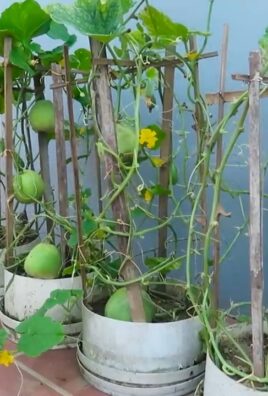
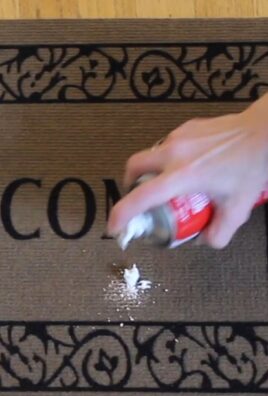
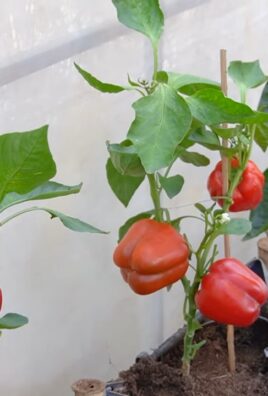
Leave a Comment